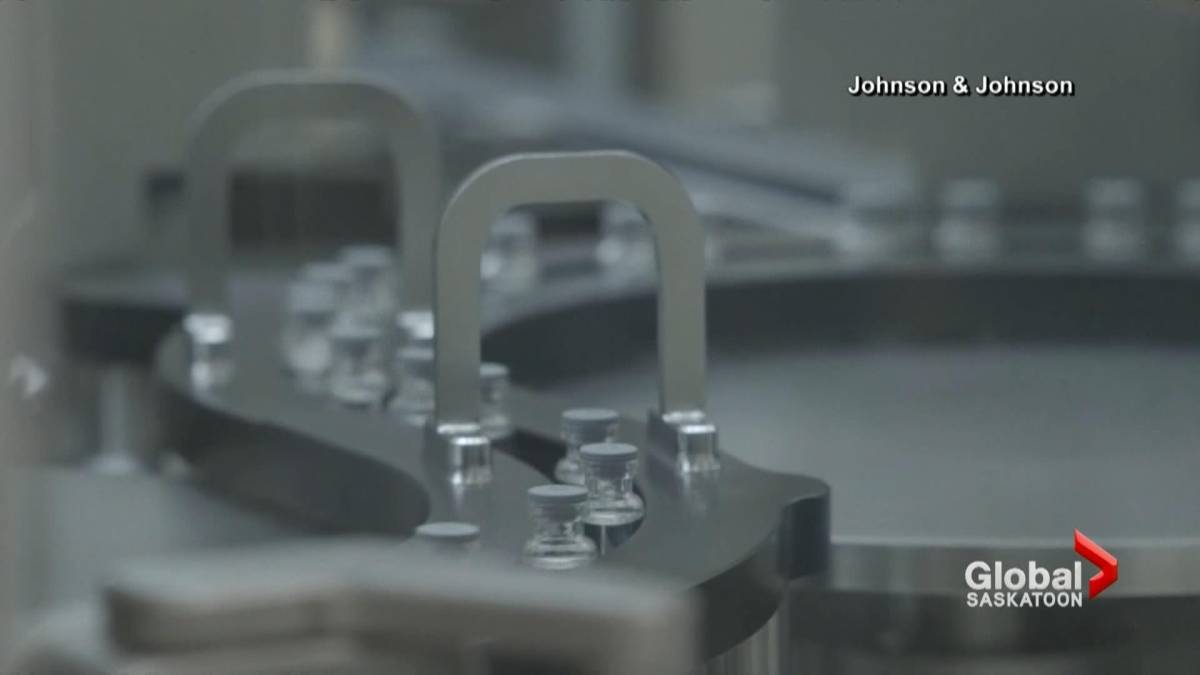The recently released model shows that the majority of COVID-19 patients in Saskatchewan are admitted to the ICU within 24 hours of arrival at the hospital.
Dr. Saqib Shahab presented the model Thursday during a provincial emergency operations center (PEOC) briefing.
The model shows that from November 7 to November 13, 66.7 percent of COVID admissions to the ICU were made within 24 hours of admission to the hospital.
Saskatchewan Government.
Saskatchewan Government
“People are late with a serious illness, so (it’s) important to stay home and get tested for any earlier symptoms that could be COVID or maybe another respiratory illness,” Shahab said.
Saskatchewan Health Authority chief of emergency operations Derek Miller added that about half of the patients admitted to the hospital test positive for COVID-19 there, against coming in with a diagnosis. .
“It is very important that people continue to have access to care when they need it,” Miller said.
He also encouraged residents to get tested if they are not feeling well.
Read more:
Saskatchewan Legislative Assembly Hears Story of Two-Year-Old Waiting for Spinal Cord Surgery
Epidemiologist Dr. Cory Neudorf said that the main factor that sends patients to the ICU earlier is that people arrive at the hospital at a more advanced stage of the disease.
Neudorf added that there are several things that could be driving this.
“In part it may be due to people’s reluctance to get tested, perhaps,” Neudorf said, also pointing to the statistic that 50 percent of COVID-19 patients test positive at the hospital.
“They weren’t even necessarily aware that they had COVID or that that was what was causing their symptoms. So that may be because people are refusing to get tested, they don’t know they should be tested, or how they can do it, or they are just reluctant, “Neudorf said.
“That is a symptom in my mind that we have not yet done enough testing again. Test rates have dropped. The positivity of the tests has decreased, but it is still too high. “
“This is just another indicator of the fact that there is a lot more COVID out there than we are discovering through testing right now,” Neudorf added.
Read more:
Are all deaths counted as the death toll from COVID-19 rises in Saskatchewan?
He said another potential reason why patients need ICU care sooner is that they have underlying health conditions or are older, although the model did not provide a breakdown by age.
The modeling also showed that daily hospital admissions have decreased by 29 percent from two weeks ago, and ICU admissions by 41 percent.
Among the western provinces, Saskatchewan continues to be the first in hospitalizations and census of ICUs per 100,000.
Neudorf said residents should reduce their travel and meeting sizes, and especially try to keep gatherings limited to vaccinated people or people who have tested negative for COVID-19.
He added that it is very important to maintain the mandates of the masks and the proof of vaccination policies during the Christmas season if we want to avoid a fifth wave.
The model unveiled Thursday shows a number of different scenarios for the province, all anticipating some kind of spike in cases in January.
“The size of that bulge is determined more by number one, the behavior of people. The model also suggested continuing to be careful about collecting constraints, so this is our best scenario, ”he said.
Read more:
Health Canada to Approve Pfizer COVID-19 Vaccine for Children Ages 5-11 on Friday: Sources
Neudorf said that immunity wanes to some extent after five to six months, and most of the population was immunized five to six months ago.
“If that decrease is enough to allow many more people to contract COVID, then we will see that bigger scenario unfold in January (and) February, unless a booster program is announced for the general population,” Neudorf said.
If there is enough immunity to fight the virus, then we can expect to see lower case increases in the new year, Neudorf explained.
See link »
© 2021 Global News, a division of Corus Entertainment Inc.
Reference-globalnews.ca
